Journal of Civil Defense 2005, V38, I-5, Emergency Food & Water Supplies
$7.00
This issue of the Journal of Civil Defense (Vol. 38, No. 5) focuses on critical preparedness essentials: emergency food and water supplies. Learn structural guidelines, storage strategies, rationing best-practices, threat-specific water needs, and survival supply system insights from experienced civil-defense professionals.
Description
Journal of Civil Defense 2005, Volume 38, Issue 5, “Emergency Food & Water Supplies”
Explore the 2005 issue of the Journal of Civil Defense (Vol. 38, No. 5) titled “Emergency Food & Water Supplies.”
This edition offers expert-level guidance for survival-minded readers, covering long-term food storage, water purification and shelter systems, ration planning, contamination risks, threat-based supply strategies, and how to build a resilient foundation in the face of disasters. Ideal for civil-defense instructors, first-responder training, survival libraries, and preparedness-minded households.
In This Issue:
Spotlight: Dr. Gary L. Sandquist
Profile Feature – TACDA Board Member
A biographical spotlight on Dr. Gary Sandquist, Distinguished Visiting Professor at the U.S. Military Academy and former Director of the Nuclear Engineering Program at the University of Utah, highlighting his nuclear engineering, health physics, and civil defense credentials.
President’s Message
By Sharon Packer, TACDA President
Updates on TACDA’s mission, new programs (Academy, Chapters), and a heartfelt call to make emergency food and water storage a personal priority, even on a tight budget.
Editor’s Message – “Dear Reader”
By Alex Coleman, Editor
A discussion of why food and water are foundational to all other preparedness efforts, framed around the S.T.O.P. formula (Study, Think, Observe, Prepare) and the theme of maximizing survivors.
Food & Water
By Sharon Packer, TACDA President
Practical guidance on food and water safety after a nuclear event, including:
-
Fallout basics: alpha, beta, and gamma radiation effects on food
-
What crops and garden produce can be safely eaten (and how to decontaminate them)
-
Animal products, meat, fish, and dairy after fallout
-
Thyroid Blocking Agents (TBA) and radioactive iodine
-
Long-term food storage, seed selection, and the importance of a one-year supply
Food Storage Ration Guidelines
Based on recommendations by Dr. Art Robinson, TACDA Board of Directors
A concise centerfold-style reference listing one-year rations per adult (wheat, corn, soybeans, salt, vitamin C, etc.), caloric and protein targets, and estimated annual cost per person.
Alcohol Stove – DIY Emergency Cooking
Author not specified (TACDA Staff Instruction Sheet)
Step-by-step instructions for building and safely using a simple alcohol stove from common materials (paint can, toilet paper, #10 can) for emergency cooking during power outages or disaster conditions.
A Winter to Remember
Author not listed (Preparedness Parable for Families/Children)
A story about Prudence the squirrel, using a winter preparedness parable to teach children the value of planning ahead, storing food, and helping others — followed by discussion questions for family or classroom use.
Emergency Sanitation
By Sharon Packer (Response to TACDA Member “Todd”)
Practical instructions for maintaining health when normal sanitation systems fail, including:
-
Garbage vs. trash handling
-
Safe burial and storage practices
-
Building and managing chemical toilets
-
Simple disinfection procedures to avoid disease outbreaks
Practical Personal Preparedness – Food, Water & Pantry Know-How
By Barbara Salsbury
A multi-part column on making stored food truly usable and sustainable:
-
Turning basic staples (grains, legumes, etc.) into meals people will actually eat
-
Using seasonings, sauces, and “add-ons” to expand menu variety
-
Storage life and use of dry milk
-
How to get water out of large barrels (siphons, containers, handling)
-
Ongoing “Preparedness Pantry Maintenance” and rotation strategies
Ham Radio Operators to the Rescue After Katrina
By Gary Krakow (reprinted news feature, with TACDA editorial note)
A real-world look at how amateur (HAM) radio operators provided critical communication support after Hurricane Katrina, including rescues of stranded victims and coordination with the Red Cross, Coast Guard, and SATERN. Includes an editor’s note introducing TACDA’s planned Civil Defense Amateur Radio Initiative and encouraging readers to become licensed.
Additional information
| Weight | 7 oz |
|---|---|
| Dimensions | 11 × 8.5 × 0.19 in |
You may also like…
-
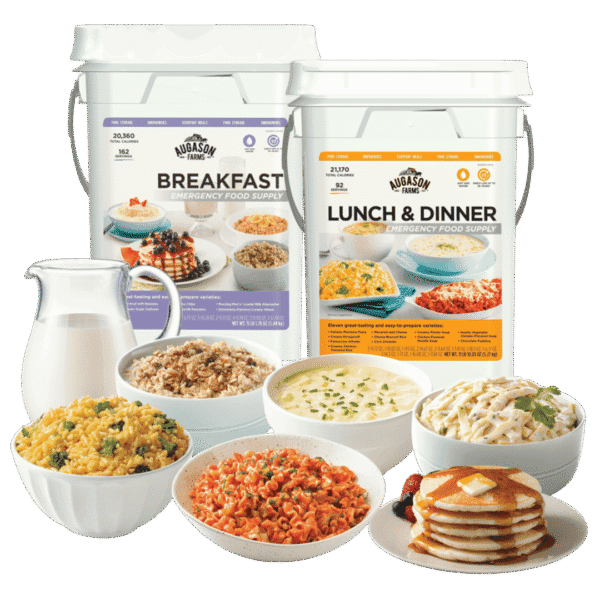
Breakfast, Lunch & Dinner Variety Kit
$0.00 Buy on Augason Farms -
Sale!

1 Micron Pre-Filter Bag for Water Collection
Original price was: $14.99.$11.24Current price is: $11.24. Add to cart -

Jase Pantry 30-Day Food Supply + Water Filter Combo
$489.99 Buy on Jase Medical -
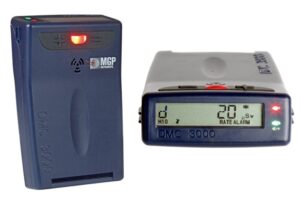
DMC 3000 Electronic Personal Dosimeter, X-ray & Gamma
$648.00 Add to cart






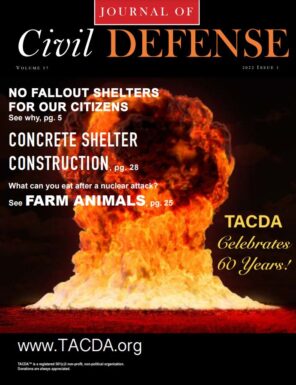
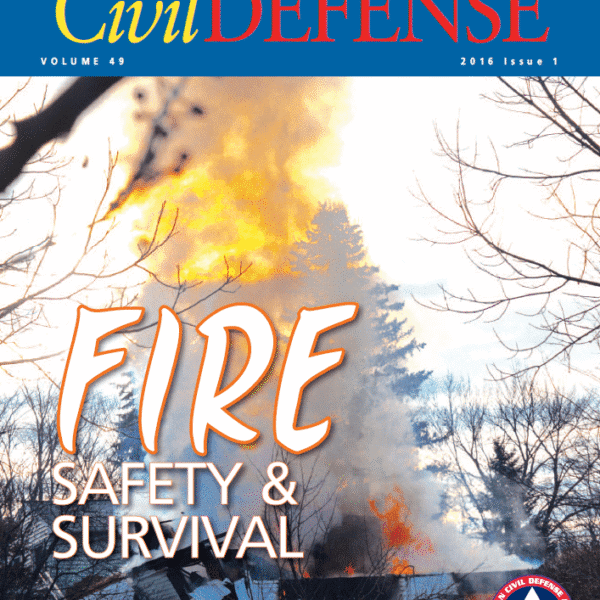
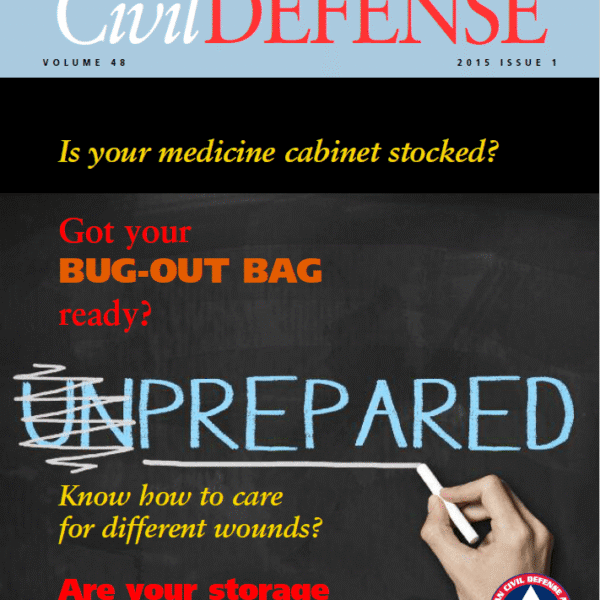
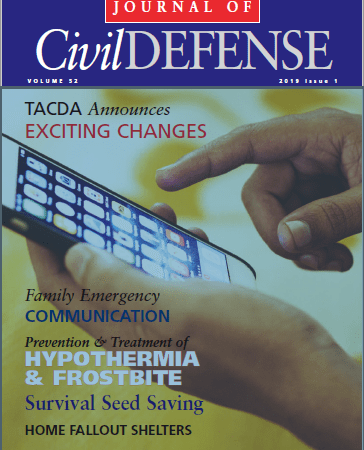

Reviews
There are no reviews yet.